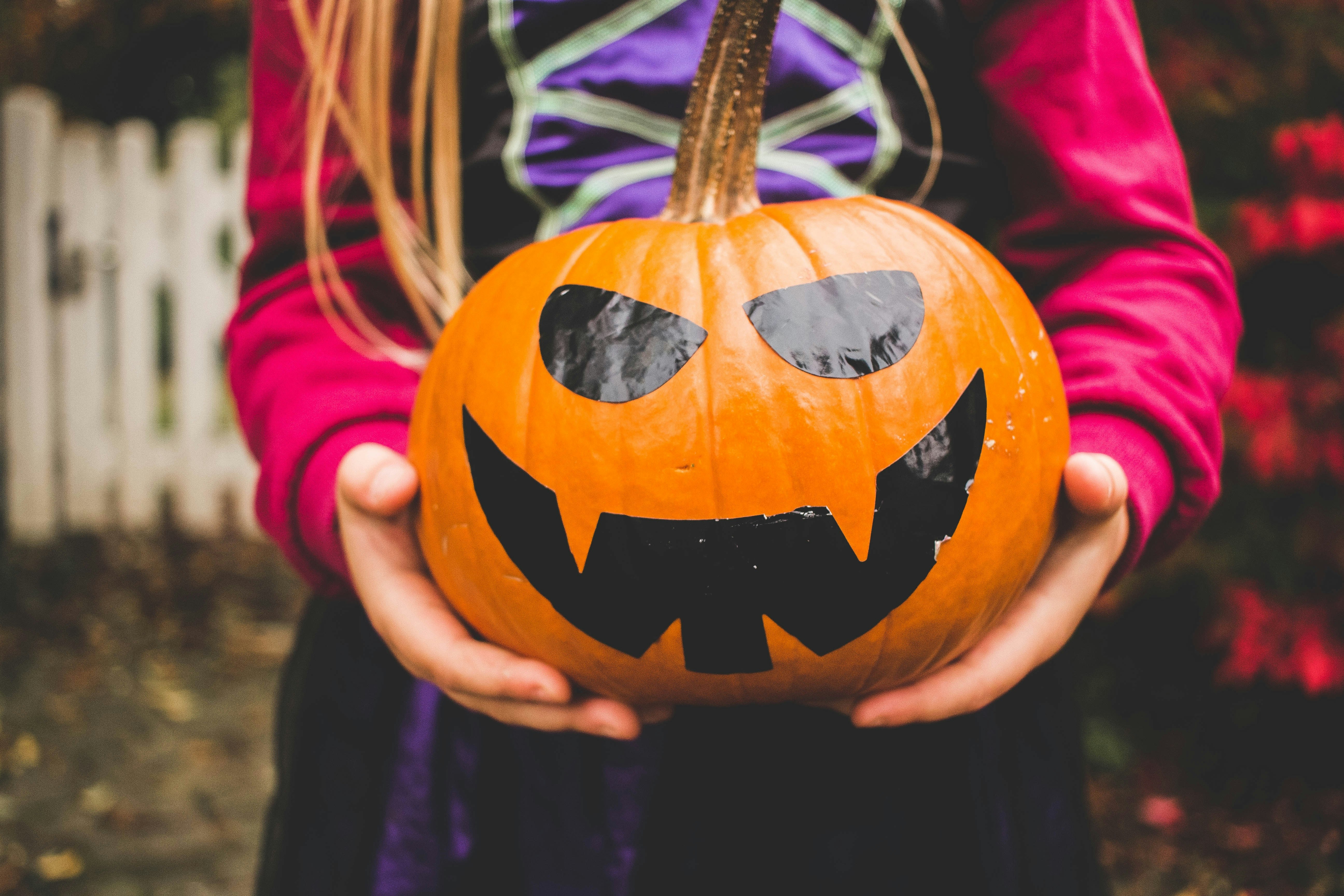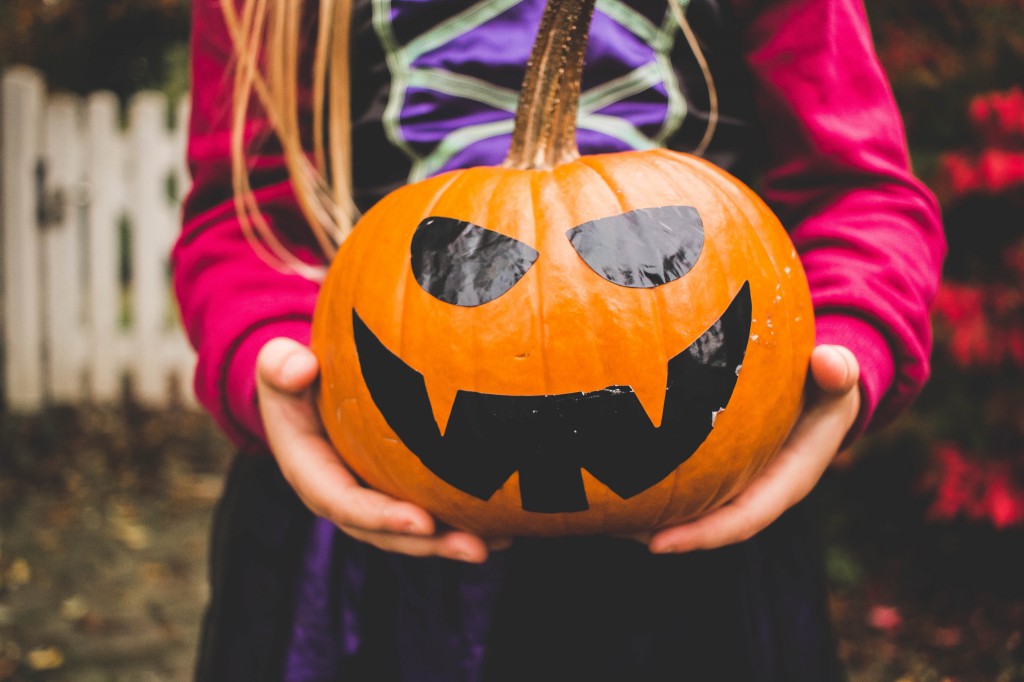Boo-ing: How Mars And Walmart Built A New Halloween Tradition

If you, like me, are a cynical soul, you might have come to believe that most new “holiday traditions” are in fact popularised by marketers for the express purpose of selling more cards and candy. In which case you might have been gratified by the OmniShopper presentation by Walmart and Mars, which was explicitly about popularising a new holiday tradition. And yes, the aim was to sell more candy.
The holiday in question is Halloween, which you might feel is candy-saturated as is. But Halloween actually occupies a somewhat perilous position in the retailer’s calendar. It’s forced to vie for attention with a lot of other seasonal events: clearouts of Summer goods, Back To School displays, the start of the Football Season, and even early Christmas promotions. It means that while Halloween is indeed a sales monster, those sales are highly concentrated: 87% of shoppers buy their Halloween candy in late October, just in time for the day itself. This means that Halloween shelf space is often idle in the run-up, and the demand spike creates potential supply and overstock issues. Walmart wanted a way to shift Halloween candy throughout September and October.
Mars’ Alisha Watkins, their Walmart Shopper Marketing Team Lead, and Matt Silvestri of the Integer Group showed how research and marketing creativity lead to a solution. The research began by taking a known trend: trick-or-treating still accounts for the bulk of Halloween candy sales, but it’s in decline among younger families. The reasons for this are varied – changing habitation patterns, greater fears about child safety on Halloween, and more. Whatever the cause, relying on trick-or-treat to raise sales wasn’t a good idea. But what about looking at emergent behaviour – things new parents were beginning to do instead?
Enter Boo-ing. Boo-ing is a minor local Halloween tradition of obscure origins. In those areas where it dates back more than a few years, it was known as “The Phantom” or “Ghosting”. Around the turn of this decade, trendspotters began to talk about it as something Millennial families were embracing as a friendlier and safer alternative to trick-or-treating.
What does it involve? You fill a small orange bucket with treats and leave it on the doorstep of a neighbour with a card saying they’ve been “Boo-ed” and a request that the recipient “Boo” others in turn. When Mars and the Integer Group did their research, only 7% of people used their Halloween candy to “Boo”. They interpreted that as a market opportunity – 93% could be joining in. A shopper activation campaign was born.
The appeal of Boo-ing to Walmart (and Mars) was obvious. The ‘tradition’ hit a very sweet spot: it involved lots of candy, it had reciprocity built-in with the command to Boo unto others, and it slotted into the run-up to Halloween, rather than being something done on the night itself. (Those Boo’ed need time to re-Boo, after all.) It was a perfect opportunity. But how to make it catch on?
Mars took the lead, creating a social media and in-store campaign for Walmart which focused on platforms where ‘Walmart Moms’ were prominent, like Pinterest (ideal for the highly visual Boo-ing treat baskets), Facebook and style or craft blogs. Impressions running to the hundreds of millions showed the concept’s appeal. To turn awareness into action, Mars and Walmart worked to create in-store events which created a sense that this really was a tradition, and pre-packed “Boo kits” to let people get started easily. Walmart spread chances to buy candy throughout their stores – with up to 14 different points of opportunity.
The results exceeded the team’s expectations. Sell-through on the Boo-ing merchandise was 90.8% in year one and 91.4% in year two (the benchmark for success is 88%). The program delivered a 40 to 1 return on investment, and Mars gained almost a point of Halloween market share in each year. This success was rooted in risk-tasking, Watkins and Silvestri agreed: “A candy company decided not to focus on trick-or-treating at Halloween, for its largest customer”. But looking for the next opportunity paid off. Those who roll their eyes at new traditions should probably get used to Boo-ing.
